Exhibition examines influence of Dong Son bronze culture
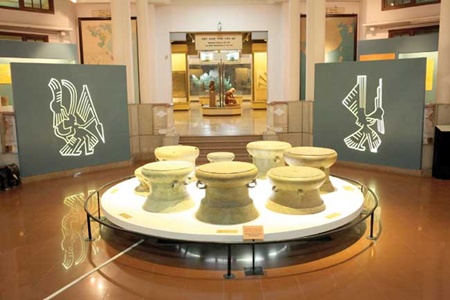 |
| Heavy metal: A collection of bronze drums, a symbol of Dong Son culture that reflects the intelligence and skills of the ancient people. - VNS Photos Truong Vi |
The history museum collaborated with local museums in Ha Noi, Lao Cai, Hung Yen, Thanh Hoa, Yen Bai and Nghe An to organise a special exhibition called Dong Son Culture. It aims to show viewers the beauty, history and culture within the 272 artefacts on display, some of which have been recognised as national treasures. The show will run until April.
"Dong Son culture plays an important role in the development of Vietnamese history," said Nguyen Van Doan, vice director of the museum. "It proved to be a foundation for the establishment of the first kingdom in ancient Viet Nam. The research on Dong Son culture is necessary to provide us more scientific information. After 90 years, it is high time scholars publicised new discoveries about this famous culture."
Ancient culture
Dong Son, dating back to 1000 BC, was a Metal Age archaeological culture.
It got its name from Dong Son Village on the bank of the Ma River in the central province of Thanh Hoa. A number of bronze drums were found by chance in 1924, marking the first evidence of the culture's existence.
Most artefacts found since were made from iron, stone, glass, wood and bronze. Archaeologists classified the objects into categories based on how they were used: tools, domestic wares, weapons, musical instruments and jewellery, among others.
The museum divided the exhibition into different sections based on the collections. One is the collection of miniatures.
In the Dong Son culture, the funeral ceremony was an important ritual. People buried tools, jewellery and weapons along with the dead. However, they were often broken, bent or arranged in a different manner from the living world. The ancient people also invented miniatures – small-scale tools and weapons to be buried, which helped save materials, time and energy.
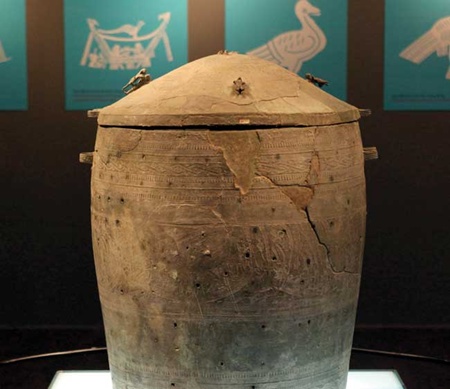 |
| Preserved: A bronze jar found in the northern province of Yen Bai. |
Historian Le Van Lan said the exhibition would bring visitors a panoramic view of the Dong Son culture through various objects representing the historical period.
"The exhibition just showcases collections of the state-run museums, while private collectors own a huge number of antiques from the period," he said.
"I expect that one day the State-run museums and private collectors will join hands to introduce a more comprehensive historical view."
Historical value
Yesterday, after the exhibition opened, the history museum hosted a seminar on the Dong Son culture. Scholars from archaeological agencies, cultural researchers and museum staff nationwide attended the event.
Aiming to honour the people's significant historical and cultural value, the event presented an overview of the information scientists have collected over the past 90 years since the ancient civilisation was discovered.
"In the coming time, the Viet Nam National Museum of History will co-operate with local and international agencies to do research and excavations at Dong Son archaeological sites to prove the influence the Dong Son culture had on cultures in the Central Highlands and the south," said Doan, the museum's vice director.
Doan said while collecting the Dong Son cultural objects, the museum will digitise related documents to make the museum a centre for information on the Dong Son culture.
What the stars mean:
★ Poor ★ ★ Promising ★★★ Good ★★★★ Very good ★★★★★ Exceptional
Latest News
More News
- Tourism fuels up as rising economic engine for Vietnam (February 21, 2024 | 11:21)
- Pasteur Street Craft Beer: fusing international expertise with local flavours (December 28, 2023 | 15:49)
- Vietnam named one of the most interesting tourism markets in Southeast Asia (November 24, 2023 | 10:25)
- The Essence Grand Halong Bay Cruise Super Yacht offers superior features (November 14, 2023 | 11:04)
- Marriott International announces 20 new hotels in Vietnam (October 26, 2023 | 17:04)
- Royal collection of Vietnamese paintings set for auction (October 17, 2023 | 14:45)
- Muslim tourists can bring in great revenue (October 13, 2023 | 13:41)
- Tourism's potential as important economic sector (October 10, 2023 | 14:18)
- New tourism industry summit set for October (September 29, 2023 | 18:21)
- Lotte Hotel Saigon launches mooncake collection (September 20, 2023 | 13:19)



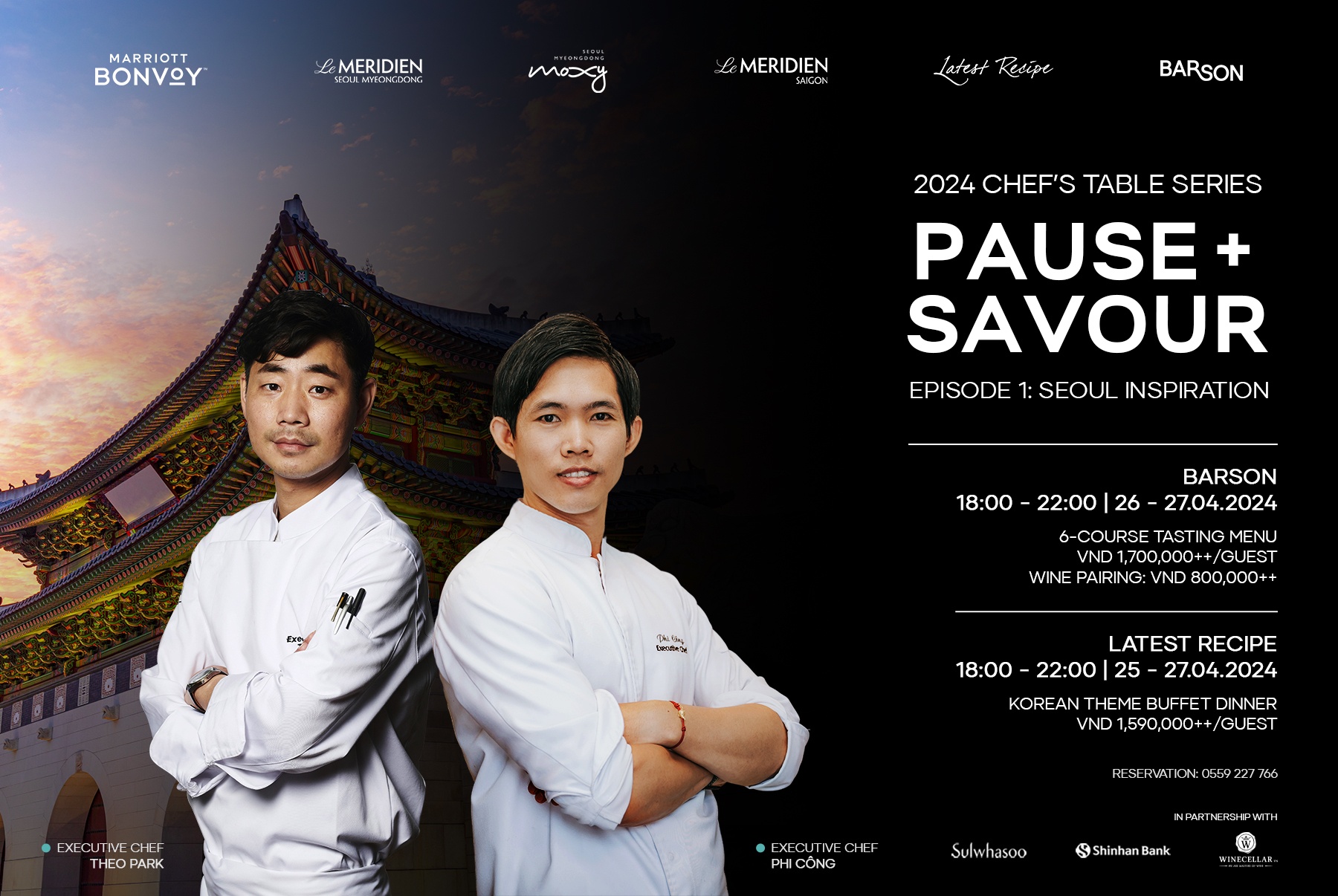




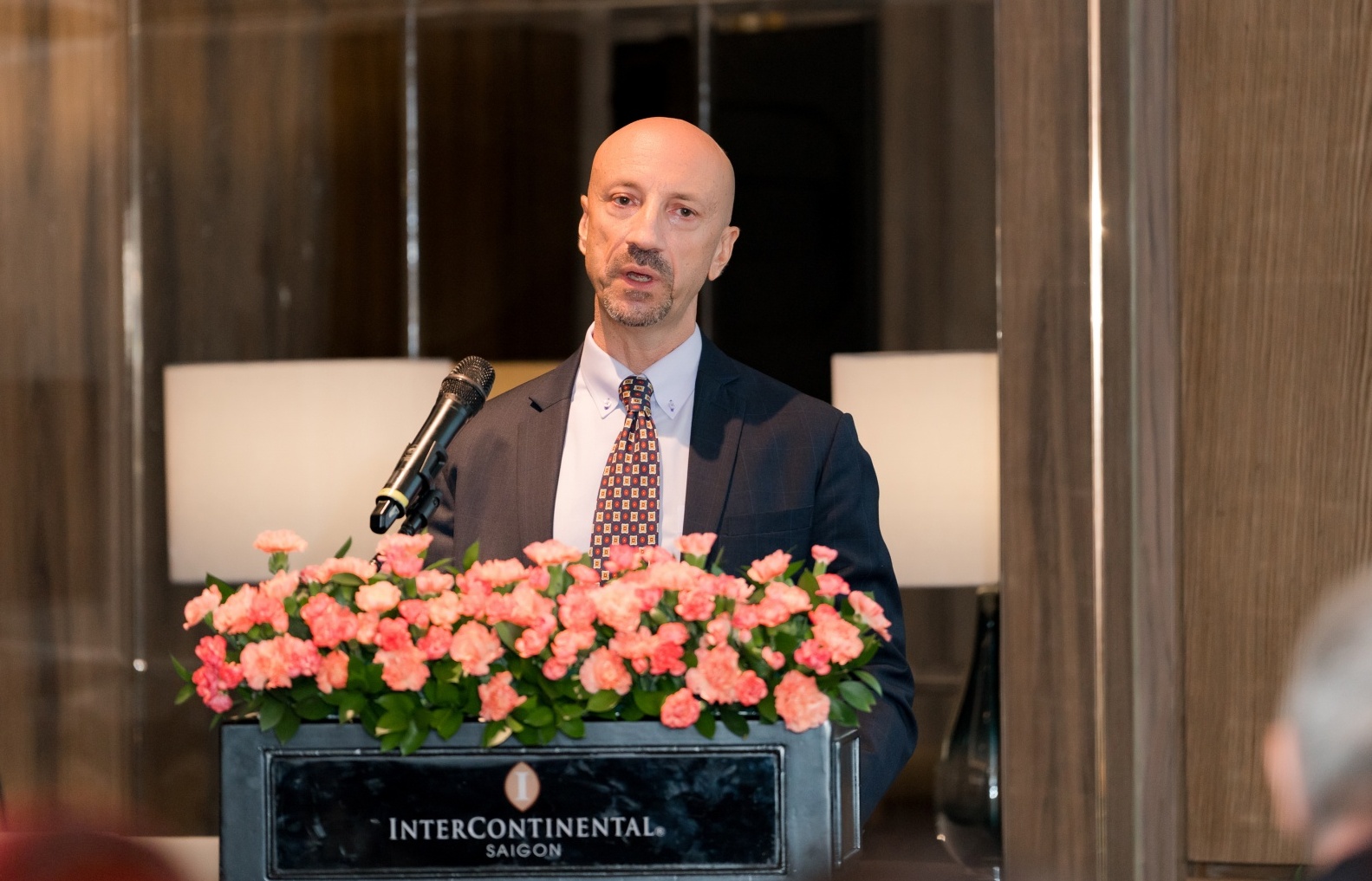



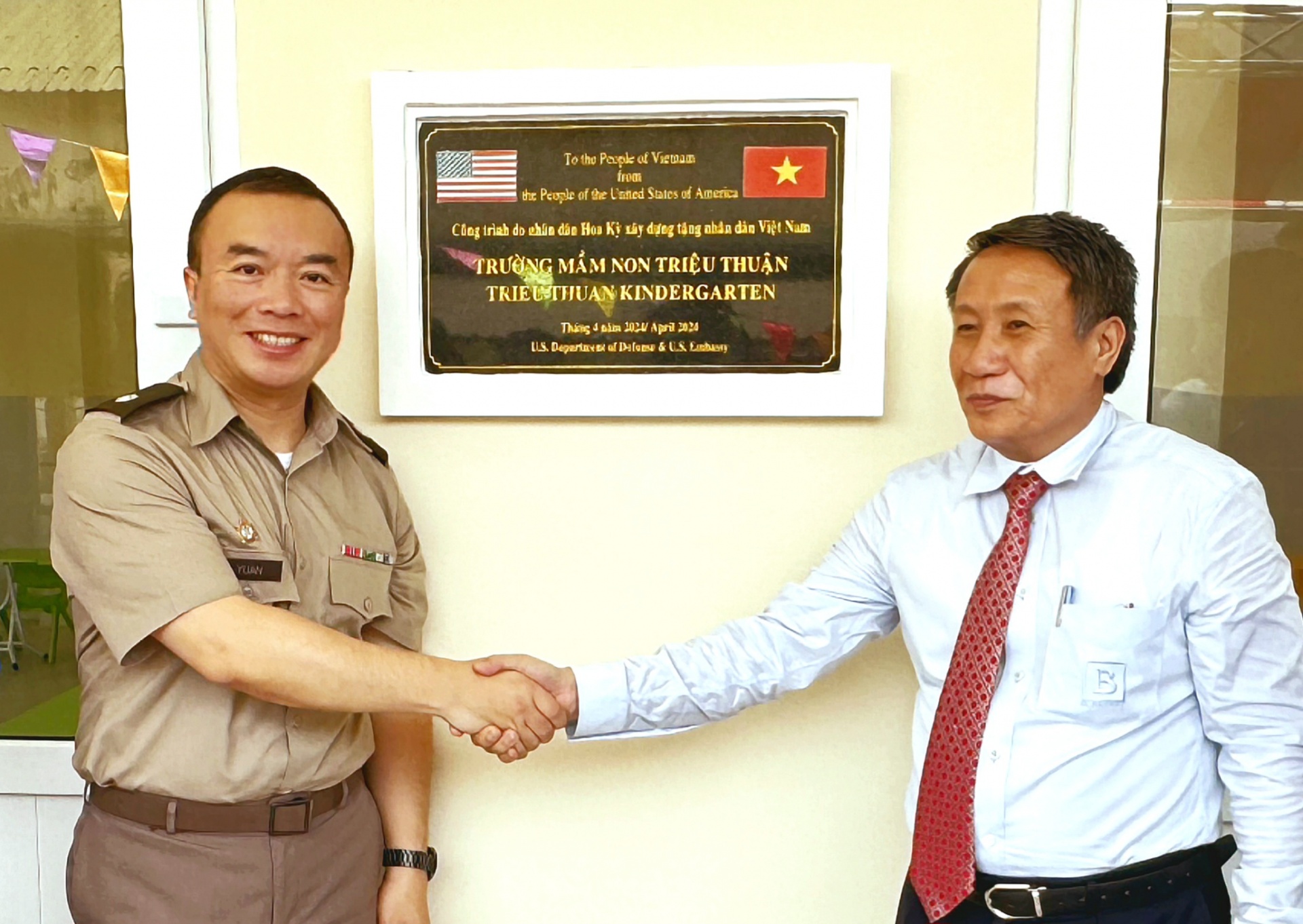
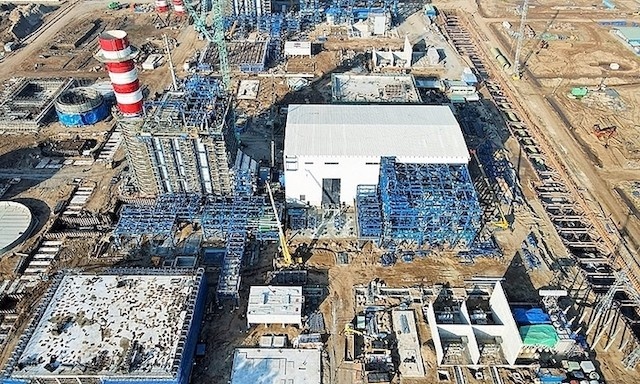




 Mobile Version
Mobile Version